Pass the Brick
Practice teamwork techniques by working through four engaging challenges.
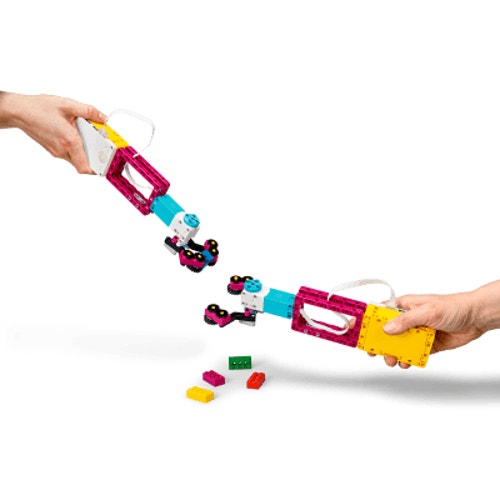
Lesson Plan
1. Prepare
- Read through the pupil material in the LEGO® Education SPIKE™ App.
- If you feel it's needed, plan a lesson using the getting started material in the app. This will help familiarise your pupils with LEGO® Education SPIKE™ Prime.
2. Engage (5 Min.)
- Use the ideas in the Ignite a Discussion section below to engage your pupils in a discussion related to this lesson.
- Use the video to explain the lesson.
3. Explore (10 Min.)
- Split your class into an even number of teams with 2-3 pupils per team.
- Ask each team to pick a leader.
- Give the teams 5 minutes to build the Robotic Hand and six LEGO bricks used for points.
- Tell them to work as quickly as possible. (The focus is on all of the team members aiming for a common goal.)
- Have the teams test their models to make sure they work.
4. Explain (15 Min.)
- Have each team pick a new leader for Challenge #2.
- Tell your pupils to take turns using their Robotic Hand to move one brick at a time from point A to point B. (This is another example of teamwork focusing on everyone aiming for a common goal.)
- Now it's time for Challenge #3 and new team leaders!
- The team members have 3 minutes to take turns stacking one brick on top of another.
- How high can they go?
- If the tower falls, the person who made it fall has to rebuild it. (This is an example successful teamwork based on individual performance.)
6. Elaborate (10 Min.)
- Pair up the teams and have each group choose one leader for Challenge #4.
- Team A will take turns using their Robotic Hand to pick up a brick, meet a member of the opposite team halfway, and hand off the brick.
- Team B will take turns using their Robotic Hand to grab the brick from the opposite team and deliver it to a designated spot. (This is an example of successful teamwork based on everyone reaching new goals.)
- Don't forget to leave some time for clean-up.
7. Evaluate
- Give feedback on each pupil's performance.
- In order to simplify the process, you can use the assessment rubrics that have been provided.
Ignite a Discussion
Start a discussion about teamwork by asking your pupils to give examples of good teamwork. Focus your pupils' attention on some key elements of different teamwork models.
These could be:
- Every team member taking on a specific responsibility in working towards a shared goal.
▷ Example: While they are building, some pupils are responsible for finding the necessary bricks and others are responsible for assembling them. This can also refer to specialisation of work.
- Reaching the team's goal means the success of every team member.
▷ Example: In a relay race, each team member has the same task and the team will only be successful if they work together to improve their results. This means that everyone must be good at the same task.
- Each team member contributes a small improvement that helps their team to achieve its goal.
▷ Example: On sports teams or in a corporate setting, teams improve as each member is individually challenged to reach new goals.
Have your pupils watch this video to see what they're about to do.
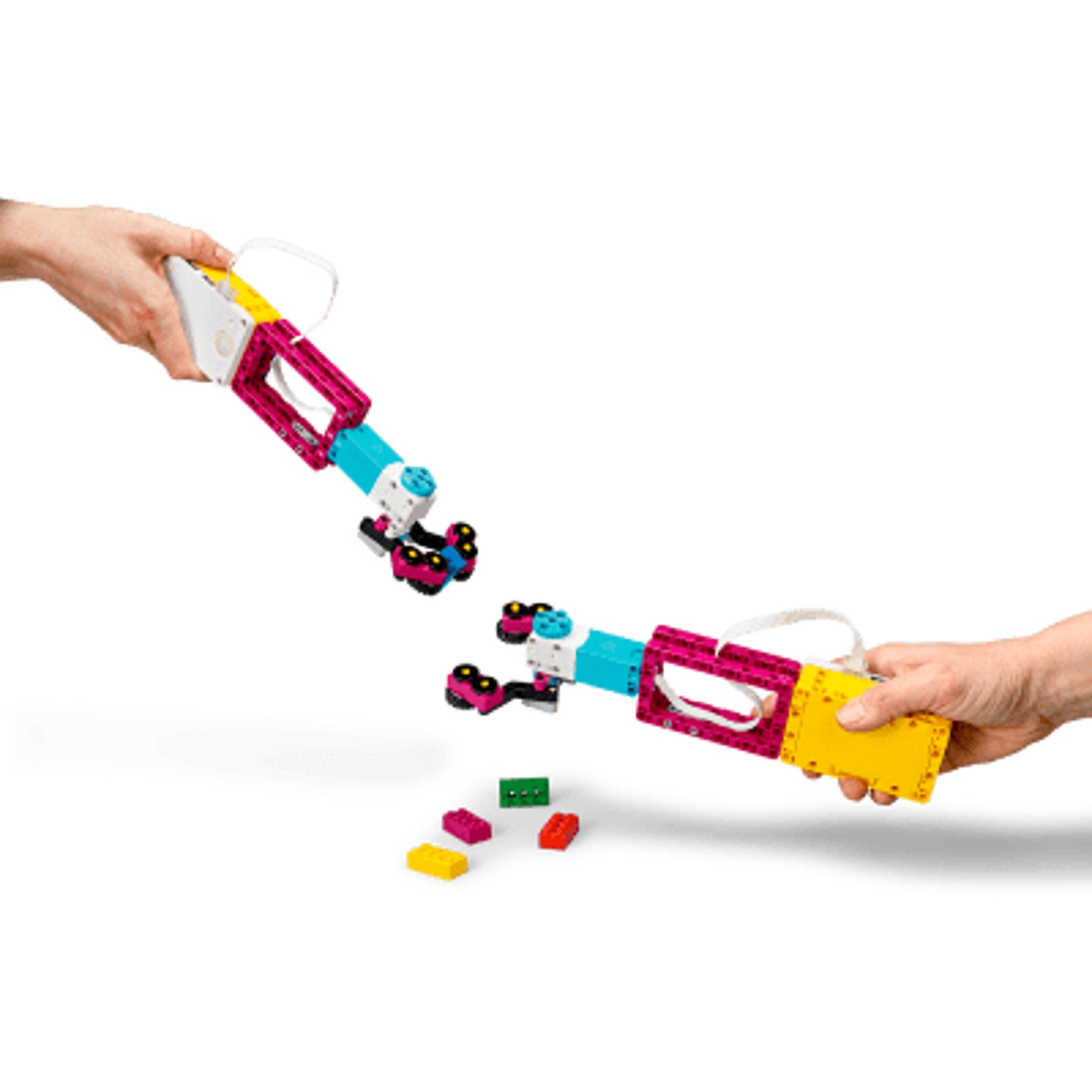
Building Tips
Easily Manipulate the Robotic Hand
This Robotic Hand is designed to open and close when the Left and Right Buttons on the Hub are pressed.
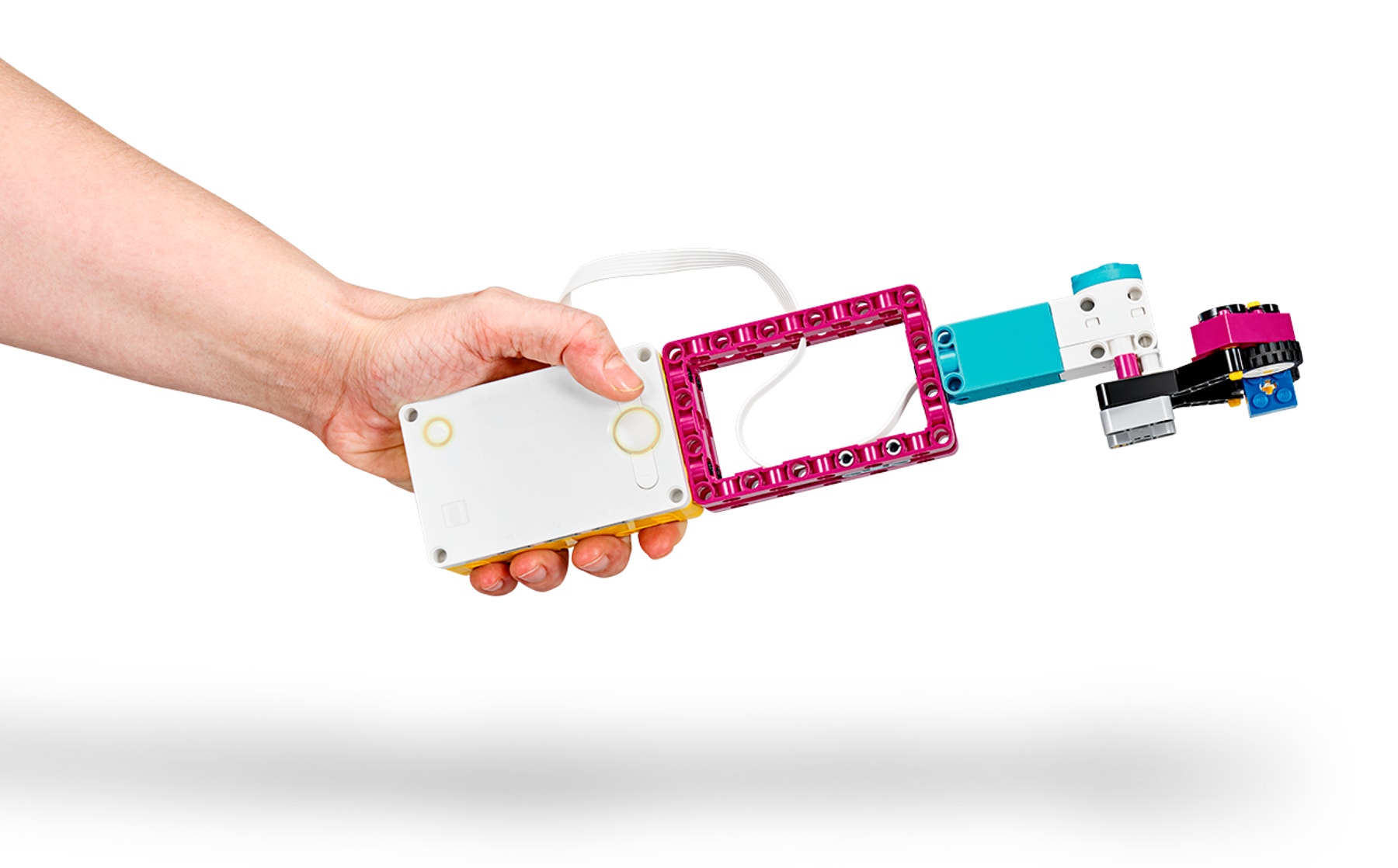
A Bigger Challenge
For a bigger challenge, program the hand to open when the Hub is tilted left and close when it's tilted right.
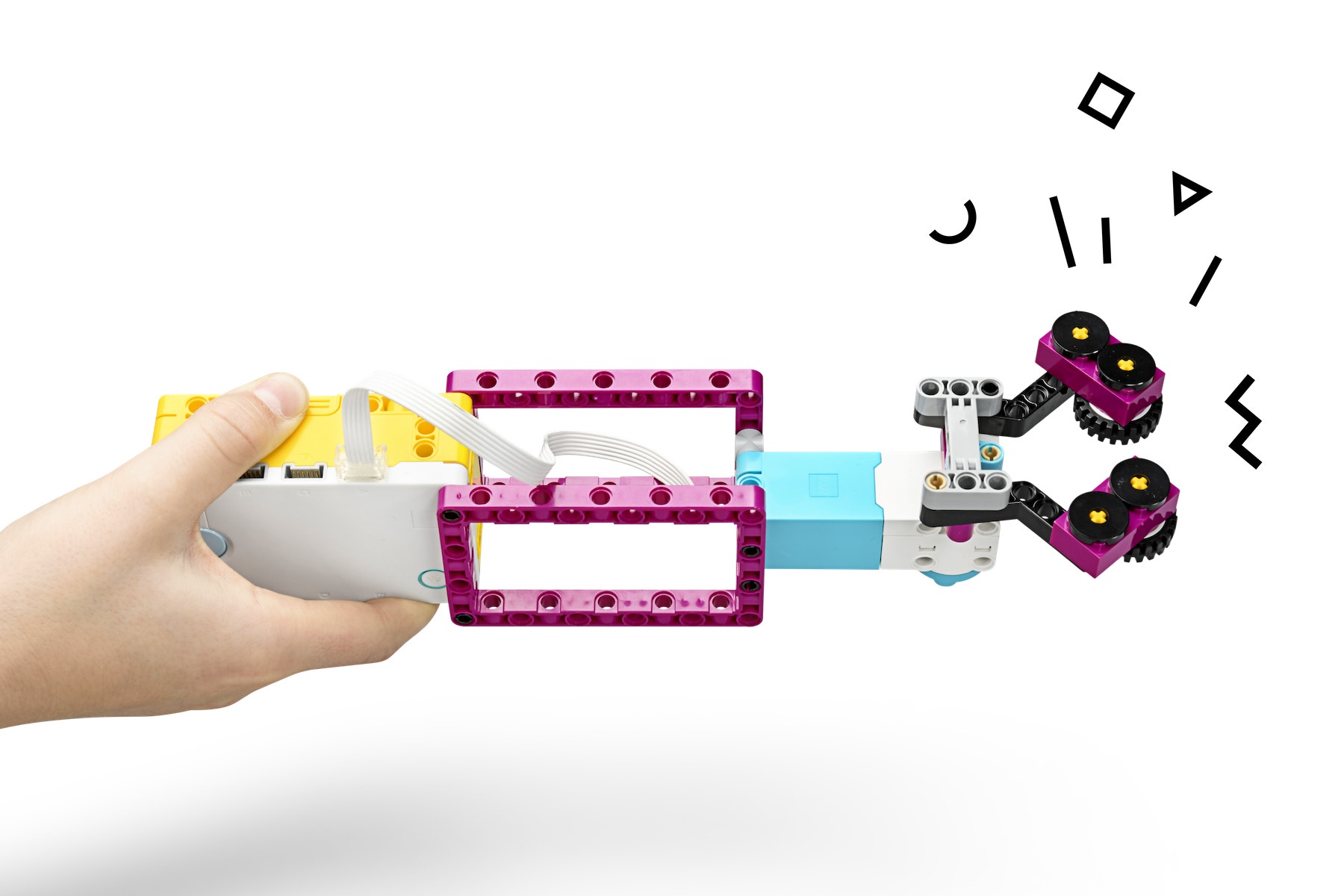
Another Way to Control the Hand
You could also incorporate a Force Sensor.
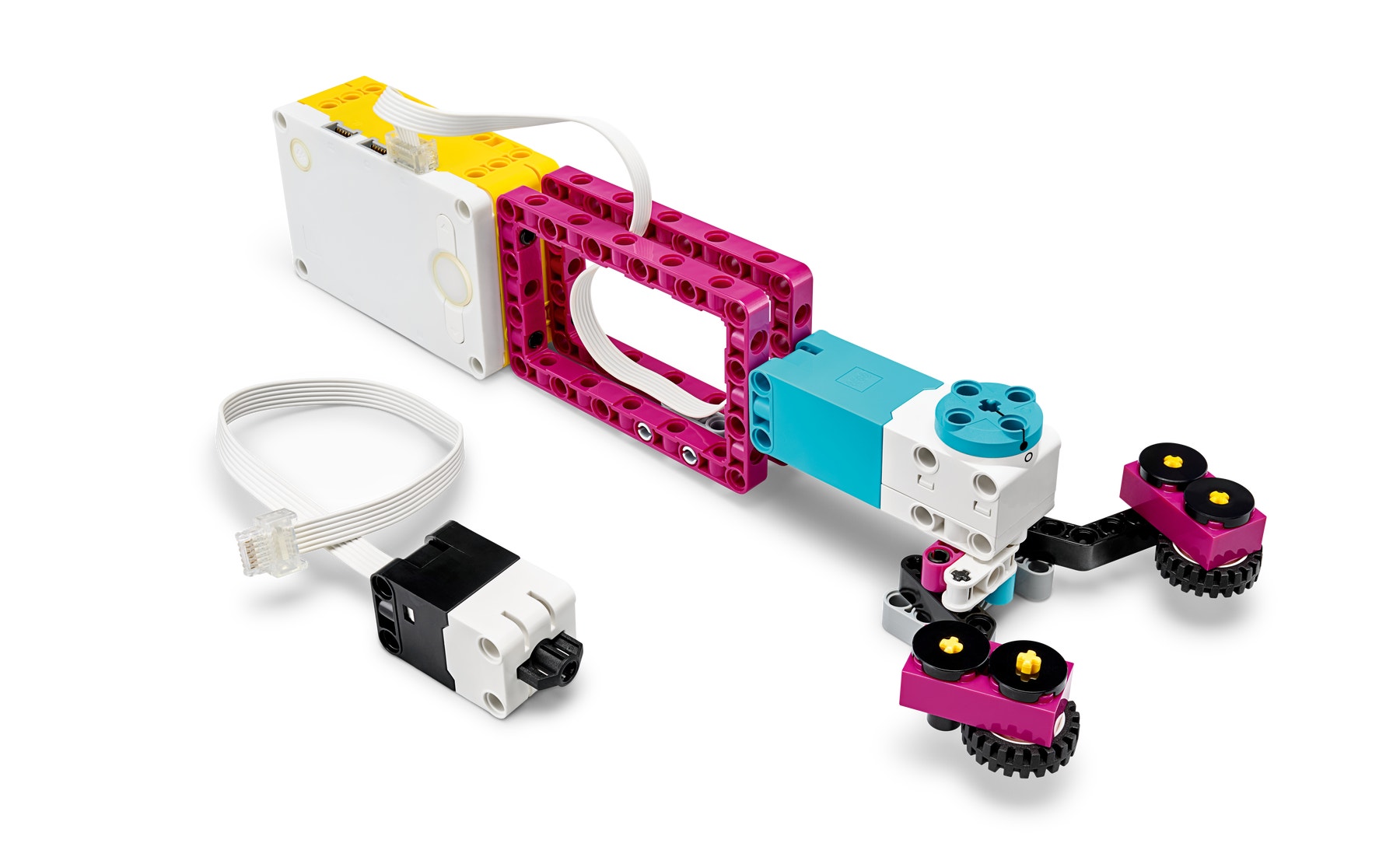
Coding Tips
Main Program

Possible Solution

Other Programs

Differentiation
Simplify this lesson by:
- Reducing the number of challenges
- Allowing 1-2 minutes for the team leaders to give their directions at the beginning of each challenge vs. during the challenges
- Giving precise instructions for what the team leaders should do
Take this lesson to the next level by:
- Testing the team leaders' skills by introducing new ‘requirements’, for example:
▷ The pupils can only use their left (or right) hand
▷ The red brick must be moved last
▷ The blue brick must be placed at the bottom of the pile
Assessment Opportunities
Teacher Observation Checklist
Create a scale that suits your needs, for example:
- Partially accomplished
- Fully accomplished
- Overachieved
Use the following success criteria to evaluate your pupils' progress:
- Pupils worked as a team toward a common goal.
- Pupils worked to make every team member a more effective contributor.
- Pupils worked to help every team member reach new goals.
Self-Assessment
Have each pupil choose the brick that they feel best represents their performance.
- Blue: We worked as a team and solved the challenges together.
- Yellow: We worked as a team to solve the challenges while encouraging everyone to succeed.
- Violet: We worked as a team to solve the challenges and reached new goals while encouraging everyone to succeed.
Peer Feedback
Encourage your pupils to provide feedback to one another by:
- Having one pupil score the performance of another using the coloured brick scale above
- Asking them to present constructive feedback to each other so that they can improve their group's performance during the next lesson.
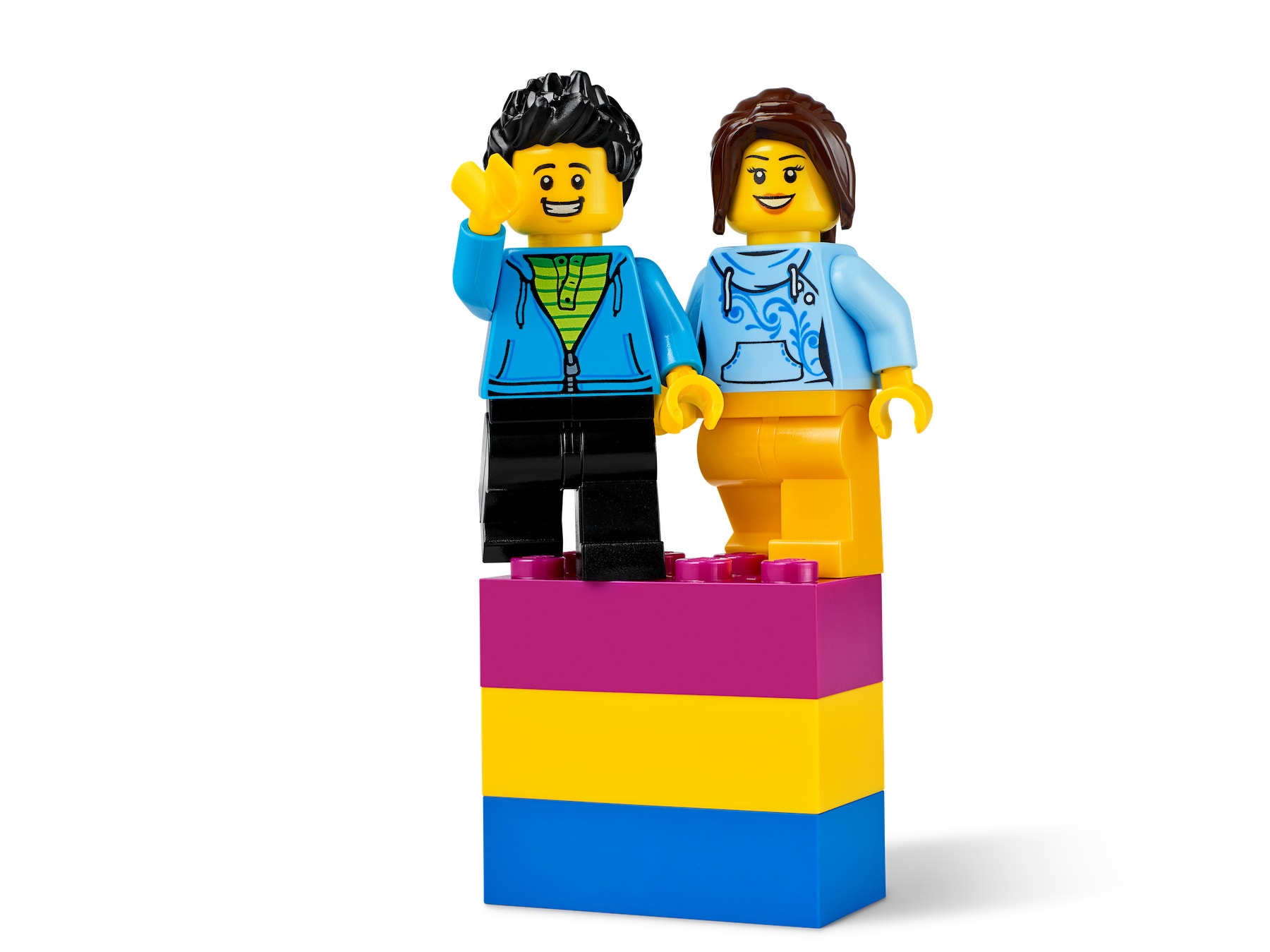
Language Arts Extension
To incorporate the development of literacy skills:
- Have your pupils explore best practices for effective discussions such as constructive feedback, reformulation, or building consensus.
Note: This will make for a longer lesson.
Maths Extension
To incorporate the development of maths skills:
- Have your pupils collect data about the number of brick passes, number of bricks dropped and how long it took to finish the tasks.
- Have them use this data to generate statistics.
Note: This will make for a longer lesson.
Teacher Support
Pupils will:
- Demonstrate the ability to work effectively and respectfully with different types of people
CAS Computing Progression Pathways
Data and Data Representation:
Analyses and evaluates data and information, and recognises that poor quality data leads to unreliable results, and inaccurate conclusions. (AL) (EV)
Information Technology:
Makes appropriate improvements to solutions based on feedback received, and can comment on the success of the solution. (EV)
Uses criteria to evaluate the quality of solutions, can identify improvements making some refinements to the solution, and future solutions. (EV)




